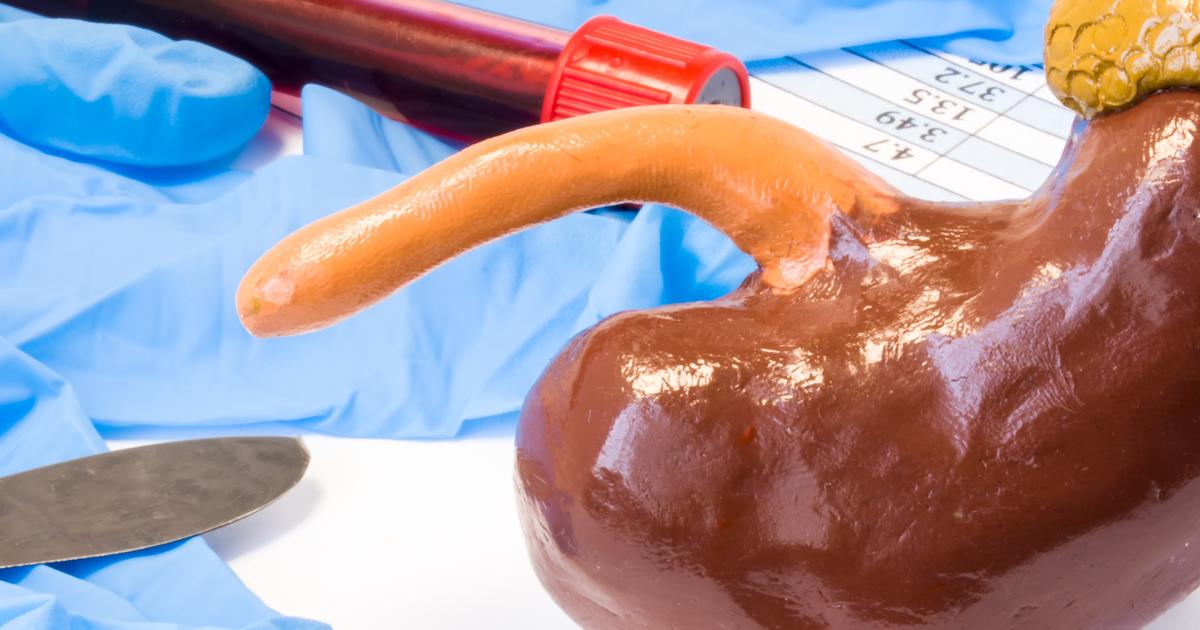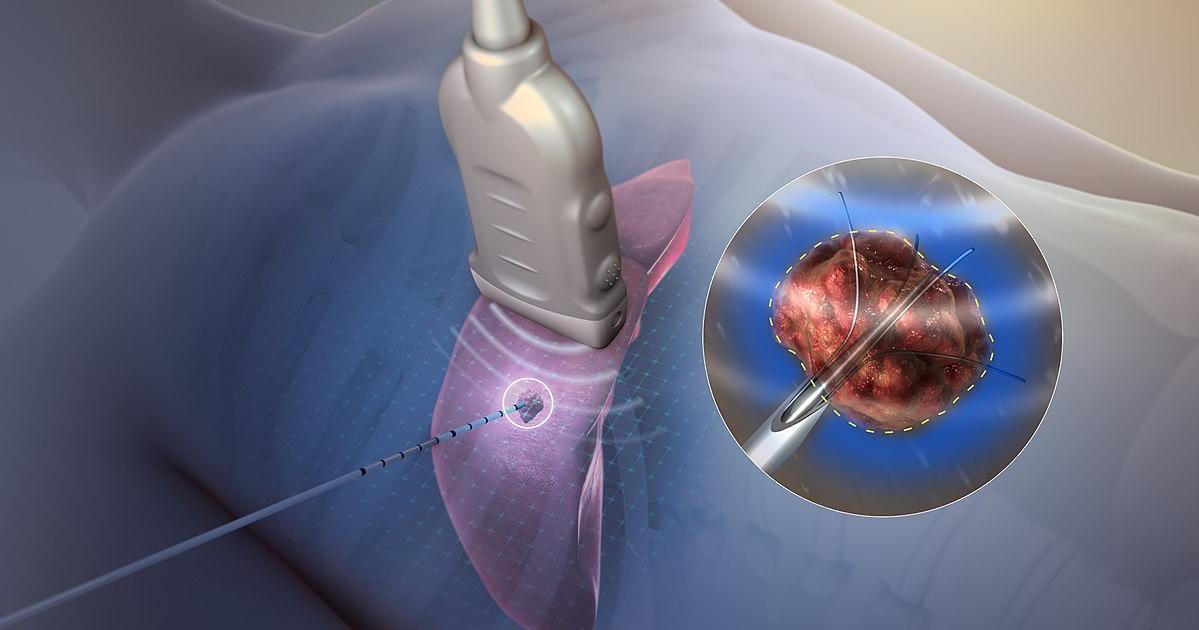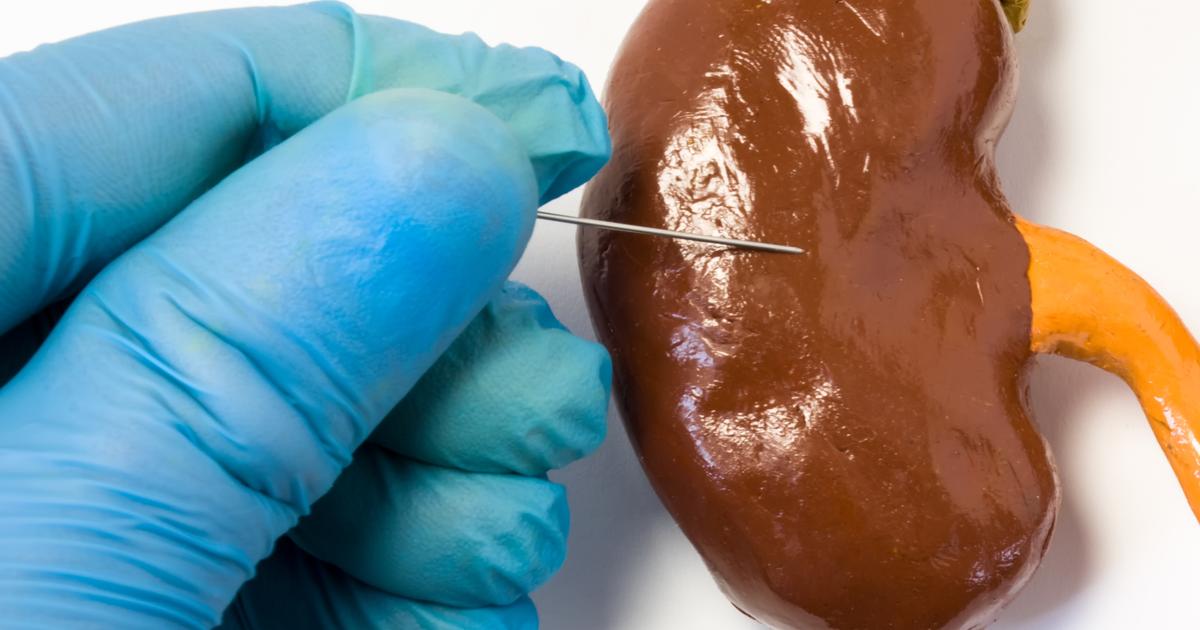How To Prevent And Treat Kidney Cancer
Kidney cancer describes a malignancy that originates in the kidneys, the two fist-sized organs that sit in the middle of the back on either side of the spine. The kidneys filter waste and dead cells from the blood for excretion through the urine. The kidneys receive signals from the body regarding what substances they should and should not filter from the blood to maintain bodily homeostasis.
Kidney cancer develops when one of the small cells in the kidney becomes damaged, and growth and replication sections of its DNA become altered. This cell multiplies itself rapidly, producing identical cells that form a malignant kidney tumor. The most common form of kidney cancer in adults is renal cell carcinoma, while Wilms' tumor is common in children.
Manage High Blood Pressure

An individual who wants to prevent kidney cancer is advised to manage their blood pressure, particularly if it is high. Long-term high blood pressure increases an individual's risk of developing kidney cancer in comparison to healthy individuals. High blood pressure over time causes damage to arterial walls repaired through bodily processes with tougher fibrous tissues. When hypertension causes the arteries that supply an individual's kidneys with oxygenated blood to become stiff narrow, an adequate amount of blood cannot reach all of the tissues in the kidneys. Body tissues have adaptation mechanisms for situations where they become deprived of adequate oxygen levels.
To initiate these adaptive mechanisms, the affected tissues have to upregulate substances called hypoxia-inducible factors. These substances play a critical role in the process of malignancy development, as many kidney cancers have been attributed to the gene that controls the production and expression of such factors. High blood pressure can cause increased levels of oxidative stress in the kidney tissues. Oxidative stress exploits any genetic variability and mutations in cancerous or precancerous cells, promoting its development and progression.
Maintain A Healthy Weight

An individual who maintains a healthy weight can help prevent the development of kidney cancer. Over a quarter of all kidney cancer cases in the United States are attributed to obesity and being overweight. Additionally, a body mass index in the overweight or obese range increases an individual's risk of having high blood pressure, which compounds the existing increased risk of an individual who is overweight or obese. Overweight or obese individuals are known to have a higher glomerular filtration rate than those who have a healthy body mass index. This means more blood passes through the tiny filters in the kidneys each minute than the amount that passes in someone of a healthy weight.
Additionally, overweight and obese individuals have a higher renal plasma flow or a greater volume of blood plasma that flows through the kidneys in a set amount of time. When these factors are increased, there is opportunistic increase for a substance or pathogen in the blood to cause cellular damage in the kidney. More cellular damage causes an increase in the risk of carcinogenesis or the development of malignancy.
Partial Or Complete Nephrectomy

An individual affected by kidney cancer may require a partial or complete nephrectomy to treat their malignancy. A radical nephrectomy is a procedure involving the complete removal of the kidney, its attached renal gland, fatty tissue surrounding the kidney, and neighboring lymph nodes. A radical nephrectomy is done in cases where the malignancy has spread beyond the kidney to the surrounding and or distant tissues. A partial nephrectomy is a procedure involving the excision of the malignant part of the kidney while allowing the rest of the kidney tissue to stay behind. This procedure is most often used for an individual with early-stage kidney cancer that has not spread beyond the kidney.
However, the kidney tumor has to be in a favorable position in the kidney for a partial nephrectomy to be possible. A partial or complete nephrectomy can be done for curative treatment of a patient's kidney cancer, or it may be utilized for symptomatic treatment only. Depending on the stage of the kidney cancer and how far it has spread, the renal gland and or neighboring lymph nodes may need to be removed as well. This type of surgery is typically the first and most preferred curative treatment option for kidney cancer.
Radiofrequency Ablation

Radiofrequency ablation may be used in kidney cancer patients who are ineligible for a nephrectomy. Surgery is almost always the preferred first-line treatment for kidney malignancy, but health circumstances may make it intangible for some patients. During this outpatient procedure, imaging methods such as ultrasound and CT scans are used to locate a patient's tumor. A thin probe is inserted percutaneously or through the skin into the kidney tumor. Once the surgeon has it in the correct place, an electric current that uses high-energy radio waves is passed to the tumor.
These high-energy radio waves produce heat that permanently damages and destroys the malignant cells that make up the kidney tumor. This treatment method allows for minimal damage to neighboring tissues, unlike methods such as surgery and chemotherapy. Most patients can return home on the same day as their radiofrequency ablation procedure, and major complications are rare. Because this method is newer, there is less research on its effectiveness in treating kidney cancer.
Cryoablation

An individual who has kidney cancer and who is unable to undergo a surgical procedure to remove their malignancy may need to have cryoablation as part of their treatment. Numerous health conditions and problems can make a kidney cancer patient ineligible for a partial or complete nephrectomy. Cryoablation is an alternative option to surgery that has proven to shrink or even eliminate kidney tumors. During this outpatient procedure, a long needle is inserted percutaneously or through the patient's skin and into their kidney tumor.
Imaging devices such as CT scans and ultrasound are utilized to help guide the physician performing the cryoablation. Extremely cold gases are passed into the probe that produces a sort of ice sphere on its tip. This very cold gas essentially damages and destroys the cancerous cells by freezing them. The chance of adjacent tissue damage is not as significant in cryoablation compared to partial or complete nephrectomy. Most patients can return home the day of or the day following their cryoablation procedure.
